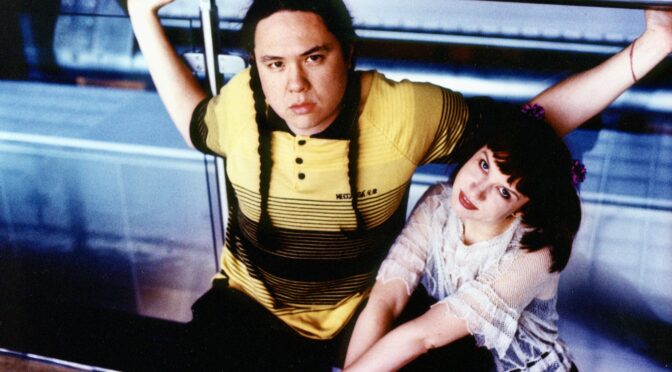Marc Tucker reviews Windblown Kiss in Progression Issue #41
Here we have an extremely surprising duet laying out wispy, torchy, lament music based in various Jazz styles (Brazilian, mild Samba, sophisticated New Age, West Coast cool, etc.). As one would guess, given the label, there’s also a quasi-Goth vibe attached.
Anji Bee possesses a melliflously wistful voice well-bedded in wunderkind Ryan Lum’s multi-instrumentality (endless strings, keyboards, percussion, etc.). This is exactly the sort of thing futiley sought in the catalogs of Basia, Lani Hall, Kenia, and the chantueses hyped to be as laid back as they ultimately proved incapable of – Astud Gilberto being the unmatched paradigm. Lum has a perfect ear for languidity, as sensitive to nuance and atmosphere as Bee’s beautiful modulations.
Multi-tracking her was a perfect choice; other voices wouldn’t have been nearly so accomodating. I’ll be amazed if this album doesn’t start showing up on mainstream playlists. It’s the equal of the crop’s best; a great deal better than most. If you long for premium romantic music to de-stress by, while still retaining your brains, this is it.





